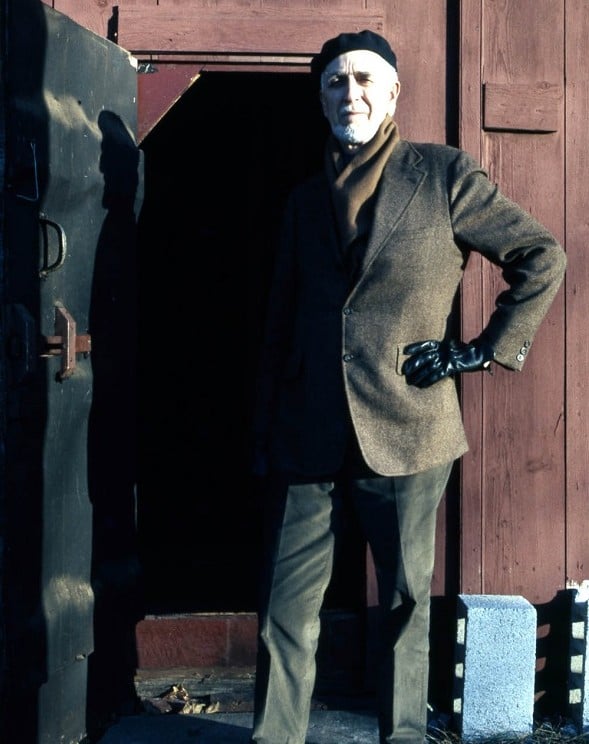
Clyfford Still figures heavily in the formation of Abstract Expressionism in the United States. He, along with artists such as Jackson Pollock and Mark Rothko, moved away from figurative painting in order to confront the chaos of the modern world with modern ideas; instead of forms, many of his large-scale canvases feature generously applied jagged patches of color.
Acknowledged by art critic Clement Greenberg as “one of the most important and original painters of our time,” Still’s contributions to the AbEx movement are significant, but most of his oeuvre had largely remained out of public view until the opening of the Clyfford Still Musum in 2011. Still’s demands for posthumous treatment of his work were strict; he kept his paintings from circulating, in contrast to many of his contemporaries.
Still’s pronouncements are as strong as his singular style. On what would be his 111th birthday, we celebrate the artist’s individualistic spirit with his own words below.
Clyfford Still, PH-401 (1957). Image: Courtesy of Clyfford Still Museum Archives/© City and County of Denver/ARS NY.
On luminosity:
“You can turn the lights out. The paintings will carry their own fire.” (1960)
On classification:
“I never wanted color to be color. I never wanted texture to be texture, or images to become shapes. I wanted them all to fuse into a living spirit.”
Clyfford Still, PH-960 (1960). Image: Courtesy of Clyfford Still Museum Archives/© City and County of Denver/ARS NY.
On his definition of painting:
“These are not paintings in the usual sense; they are life and death merging in fearful union. As for me, they kindle a fire; through them I breathe again, hold a golden cord, find my own revelation.”
On his work’s evolution:
“By 1941, space and the figure in my canvases had been resolved into a total psychic entity.”
Clyfford Still, PH-385 (1949). Image: Courtesy of the Clyfford Still Museum Archives/© City and County of Denver/ARS NY.
On clarity vs. complexity:
“I do not intend to oversimplify—in fact, I revel in the extra complex.”
On the absence of titles:
“As before, the pictures are to be without titles of any kind. I want no allusions to interfere with or assist the spectator. Before them I want him to be on his own, and if he finds in them an imagery unkind or unpleasant or evil, let him look to the state of his own soul.”
Clyfford Still, PH-80 (1935). Image: Courtesy of the Clyfford Still Museum Archives/© City and County of Denver/ARS NY.
On artistic influence:
“My work is not influenced by anybody.”